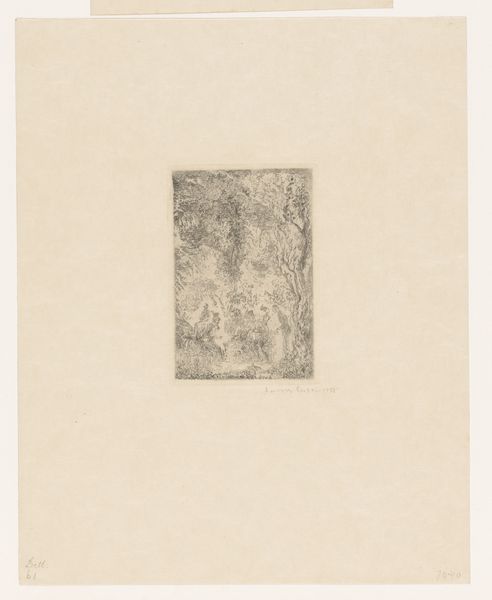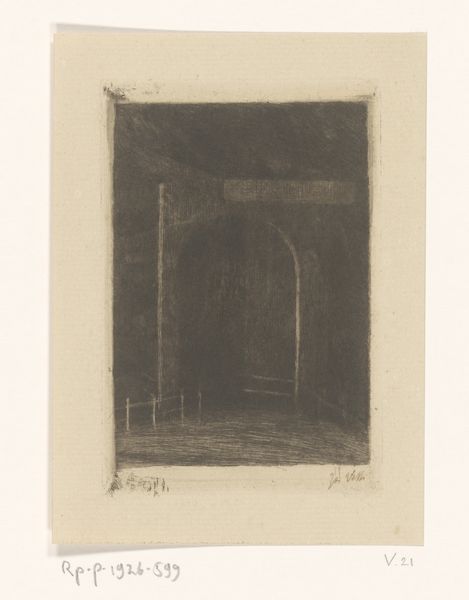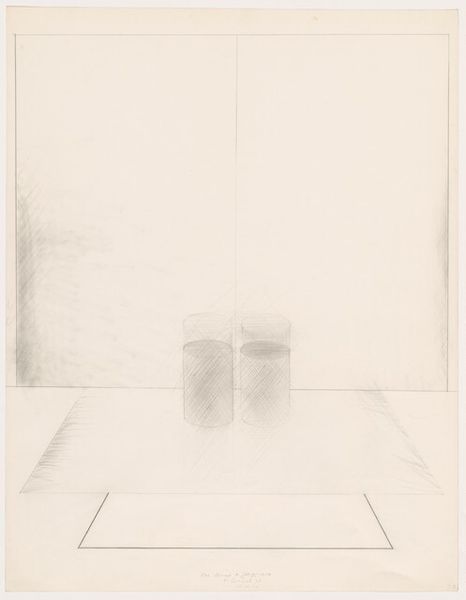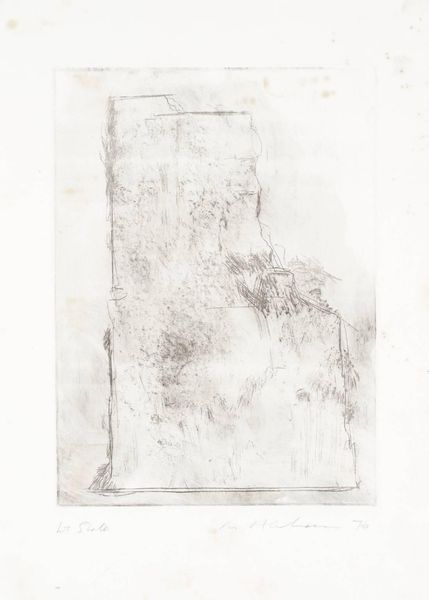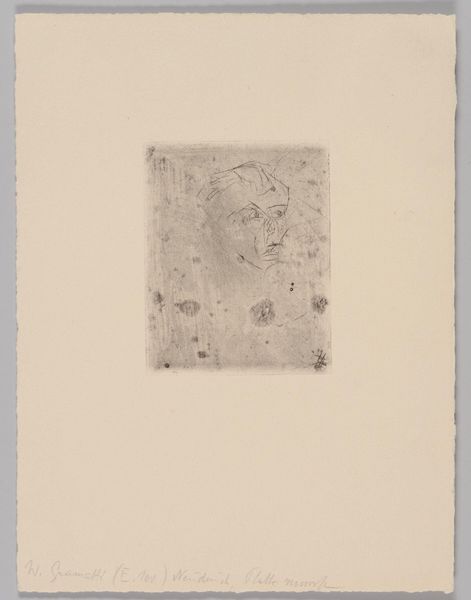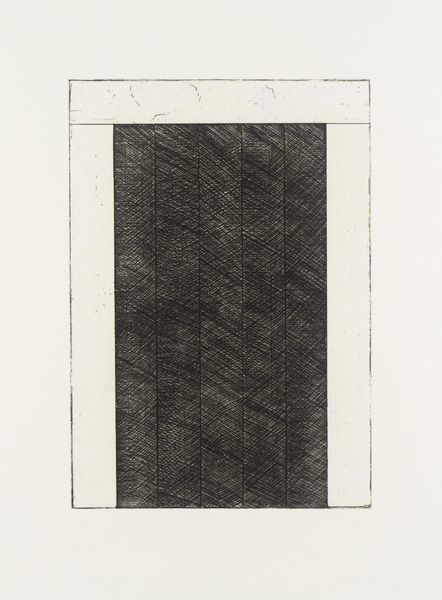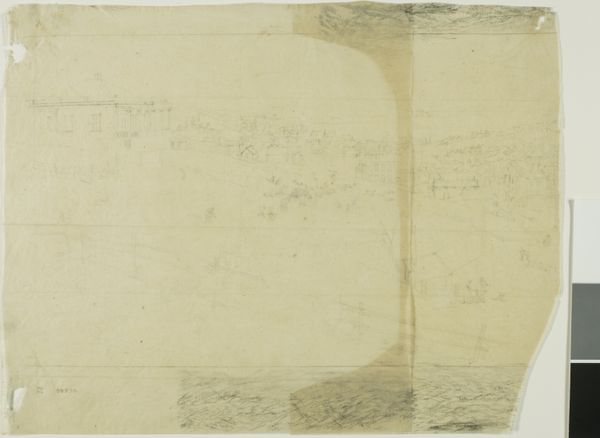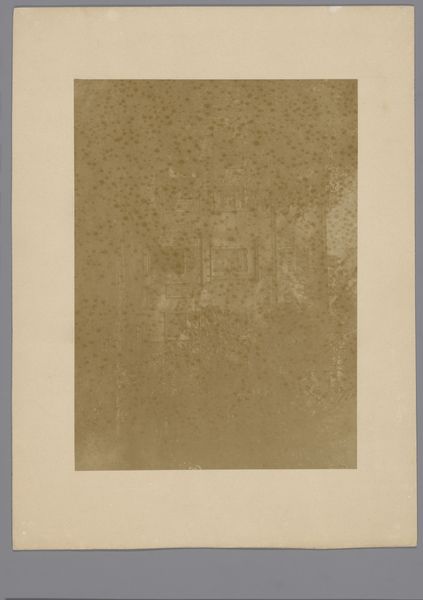
drawing, paper, pencil
#
drawing
#
paper
#
plant
#
pencil
Dimensions: height 270 mm, width 92 mm
Copyright: Rijks Museum: Open Domain
Editor: This is Jan Mankes's "Pot met judaspenning," created around 1914. It’s a delicate drawing made with pencil on paper, and what immediately strikes me is the incredibly subtle use of tone and line to render a seemingly simple subject—a pot containing honesty flowers, also known as Judas pennies. What do you see in this piece? Curator: I am interested in the physical properties of this work. Mankes, even with limited means, focused intensely on the making of art. Consider the material realities: pencil on paper, common, affordable materials. Was this out of choice or necessity during that era? How did these constraints influence his artistic process? The honesty flower, a humble, often overlooked plant; is there a social or economic commentary at play here, challenging conventional artistic subjects? Editor: So you're suggesting that Mankes’s choice of materials and subject is a kind of statement? Curator: Precisely. Think about it: What does the choice of pencil and paper mean when the artist could have chosen more lavish materials, if afforded? Are these simple materials democratizing art? We must remember to see this "simple" pot as work-- someone manufactured it; someone acquired it. Mankes is using materials available to him and representing everyday life as labor itself. This artwork encourages the viewer to analyze the class, production, and economy that inform its creation and our perception of it. Editor: I never thought about it that way! Seeing the art through the lens of production, materiality, and access...it opens up a whole new avenue for interpretation, even for such a seemingly simple drawing. Curator: Indeed! Mankes highlights labor and humble things and, for me, brings visibility to a silent working class, creating a shift in art's value that remains incredibly relevant today.
Comments
No comments
Be the first to comment and join the conversation on the ultimate creative platform.

